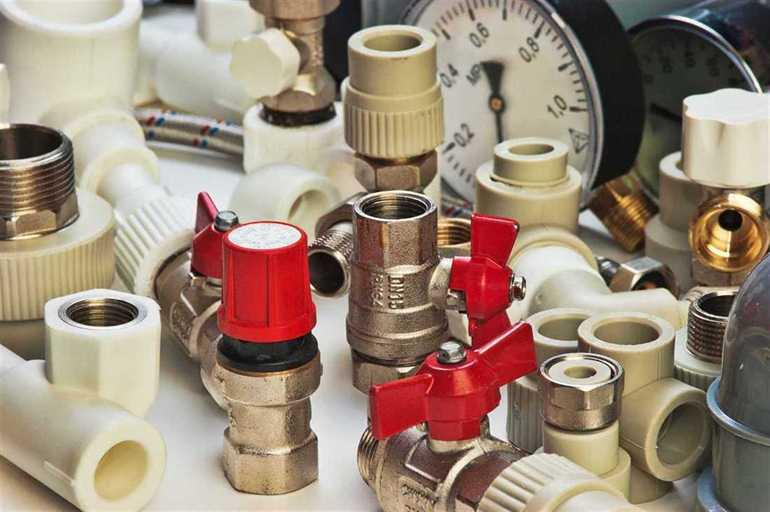Gas fittings are a unique brand of hardware because they only serve one single purpose: connecting gasses with the appropriate lines.  These are the fittings that you would see when working with gasses like flammable propane or hazardous phosgene. The primary thing that sets gas fittings apart from other types of fittings is their thread. They are reverse threaded so that gas cannot accidentally be connected to air, water, or vent lines.
These are the fittings that you would see when working with gasses like flammable propane or hazardous phosgene. The primary thing that sets gas fittings apart from other types of fittings is their thread. They are reverse threaded so that gas cannot accidentally be connected to air, water, or vent lines.
When it comes to connecting gas fittings with their appropriate lines, there are a number of potential uses. They can connect to gas mains, propane tanks, residential gas lines, explosives, and more. However, you need to know which fitting types are appropriate for your specific needs.
Fitting Types
Selecting the right gas fittings depends on understanding when to use which type and for what application. There are more than a dozen different styles of gas fittings that you may need to refer to when working with gas lines. Here is the breakdown of a few of the more common types of gas fittings:
- Adapter: Connects two pipes together that are not the same size through welding, soldering, or threading.
- Coupling: Connects two pipes that are similar to each other through welding, soldering, or threading.
- Sleeve: Connects two pipes together via fasteners such as screws – best used when you need a faster installation time.
- Union: Connection that is easily disconnected without the need for cutting.
- Cap: Covers the end of a pipe or attaches to a male connection.
- Plug: Covers the end of a pipe or attaches to a female connection.
In addition to the types of gas fittings that are used to join two different pipes running in the same direction, there are also fittings to change directions. These include elbows, tees, wyes, and cross-connections.
Getting The Right Size
Once you know what type of fitting you need, it is important to determine the size. There is no such thing as a one-size-fits-all gas fitting. Instead, you must refer to the size of the pipe that you are going to be connecting to. Based in either millimetres or inches, this size will allow you to choose a connector that will fit snugly.
Keep in mind that purchasing a connector that is either too big or too small will adversely affect the overall connection. The seal that should form could leak instead with the installation of an undersized part.
Selecting Materials
Gas fittings can be made from a number of materials like aluminum, brass, cast iron, copper, steel, stainless steel, and different types of plastics. Make sure you understand exactly what type of gas you will be working with so that you can select the right materials. Choosing the wrong material for a particular gas could lead to corrosion and leaks.
Choosing the right gas fittings for your project should be taken seriously. With this short guide, you can start researching exactly what your project calls for. If you have any questions, your Winnipeg heating professional, Provincial Heating and Cooling, is ready to help answer your questions!

